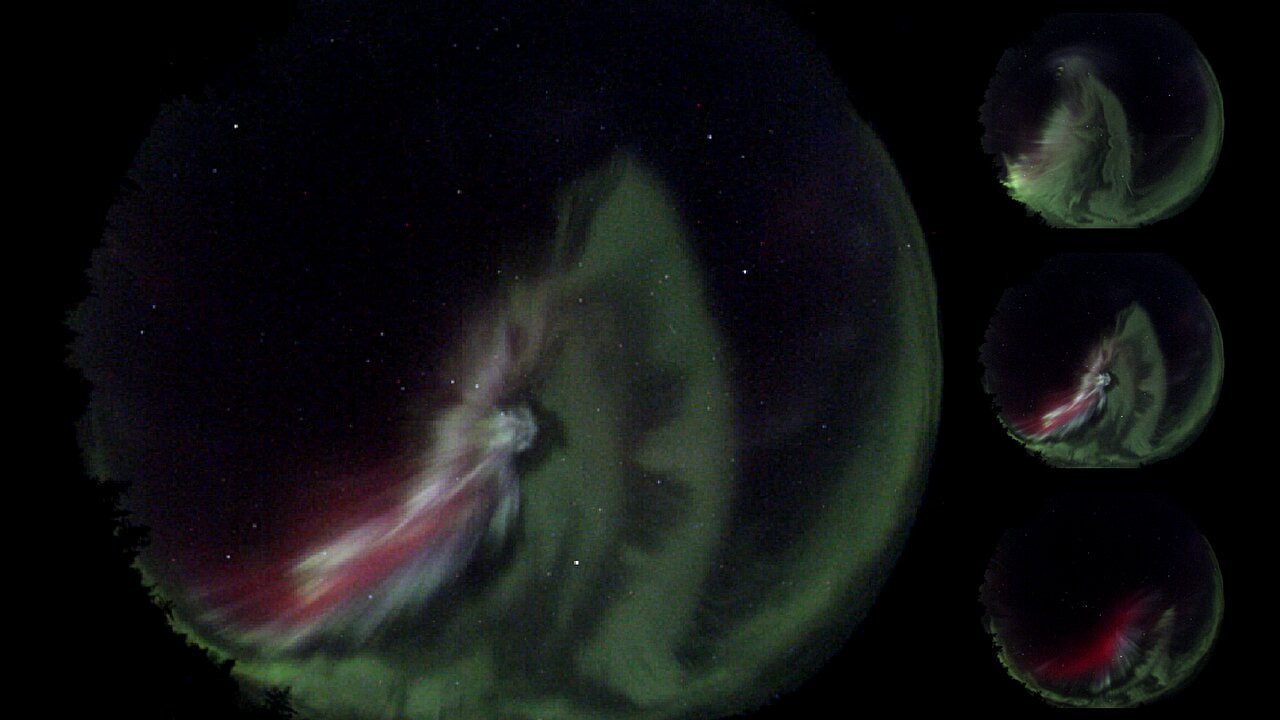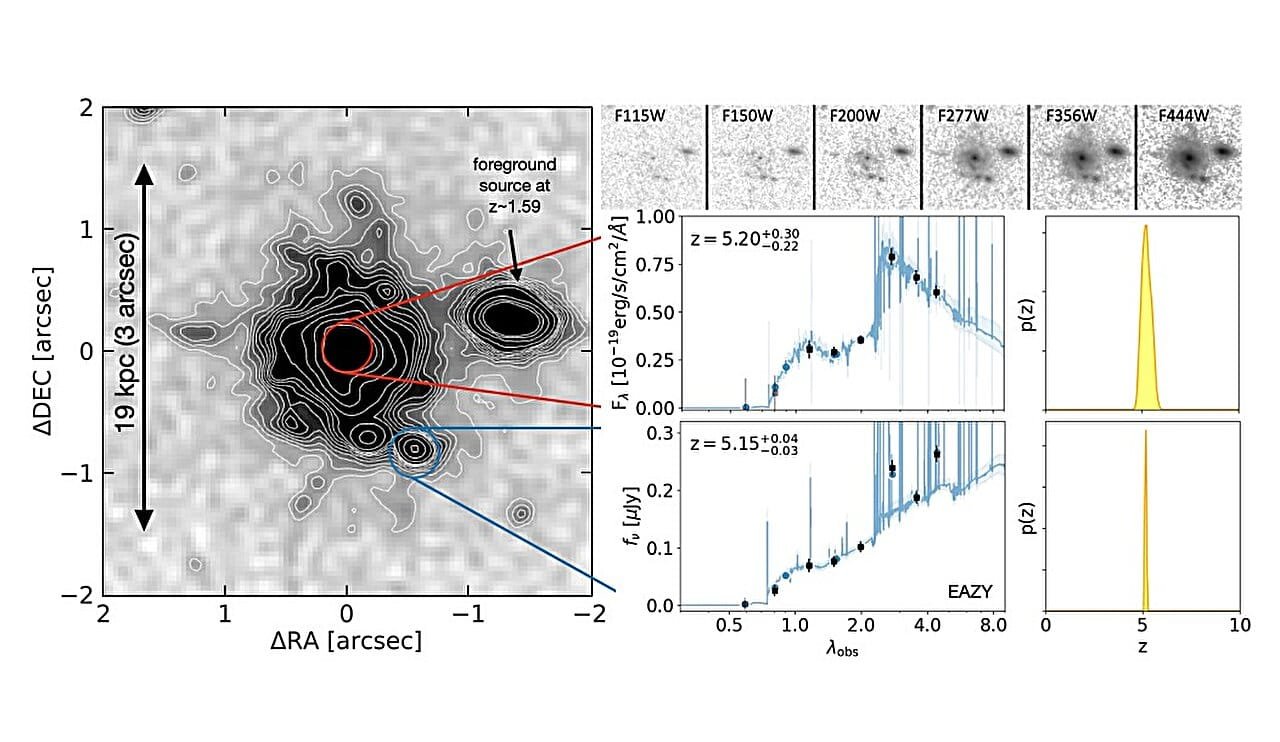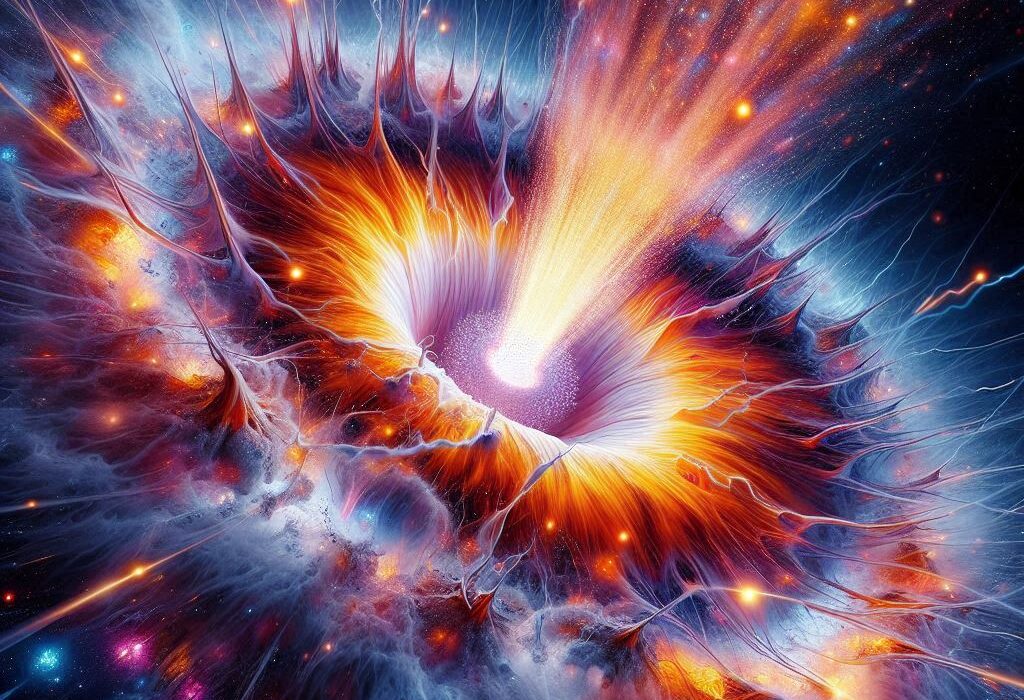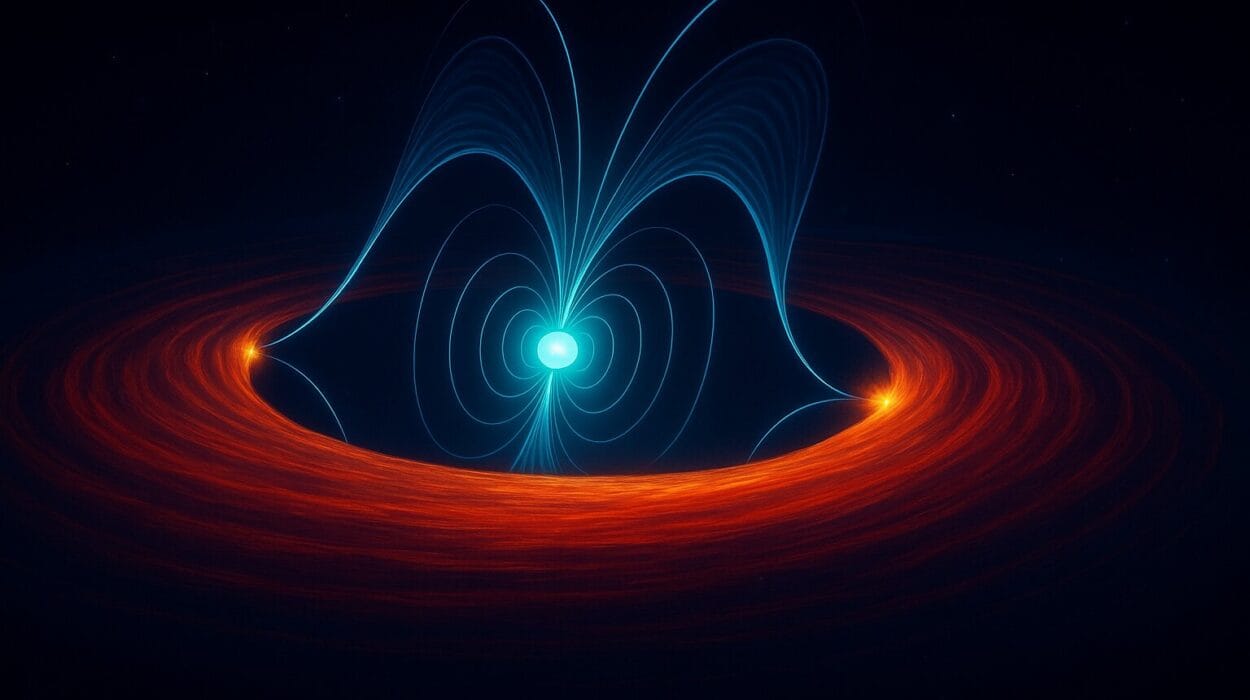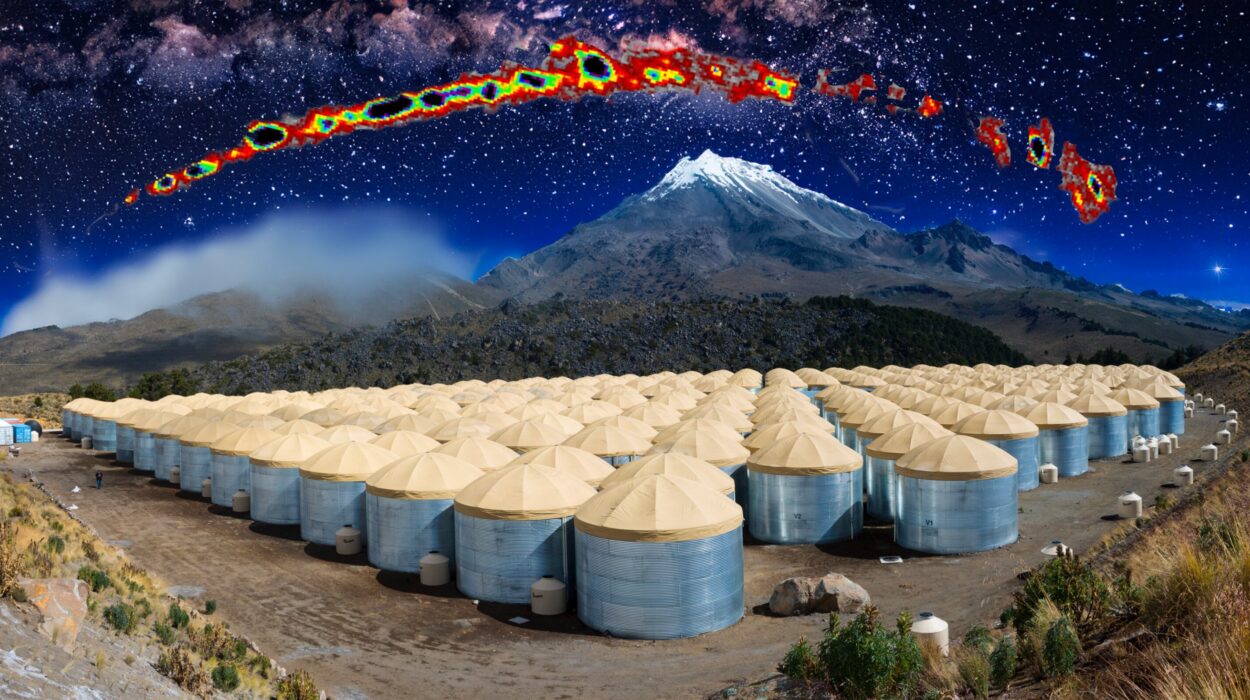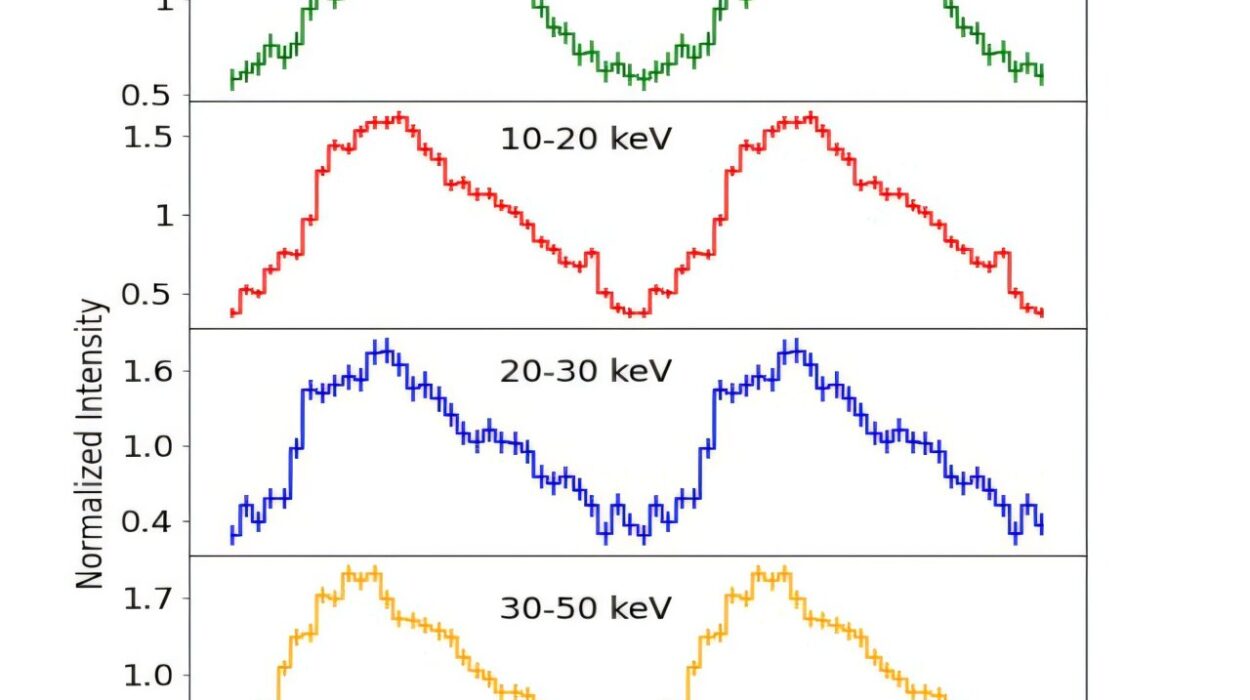In a breakthrough for auroral research, scientists at the University of Calgary have for the first time explained a phenomenon previously observed in the night sky. This white, gray patch often appears alongside the aurora borealis, but until now, its cause has remained an enigma. A team of researchers, led by Dr. Emma Spanswick, have revealed that the patch, known as a “structured continuum emission,” is associated with the northern lights and provides new insight into the complexities of auroral displays.
The article detailing their discovery was published on December 30 in Nature Communications, offering a detailed explanation of the gray-toned emissions that can sometimes be seen in the aurora’s presence. Dr. Spanswick, an associate professor in the Department of Physics and Astronomy at the University of Calgary, explains how the patch is typically visible during vibrant auroral displays. “You’d see this dynamic green aurora, you’d see some of the red aurora in the background and, all of a sudden, you’d see this structured—almost like a patch—gray-toned or white-toned emission connected to the aurora,” she said. This sudden appearance of an unusual feature would naturally prompt a researcher to ask, “What is that?”
Prior to this study, while scientists had observed the white patch in various publications, no one had been able to explain its origin or significance. Dr. Spanswick’s team has concluded that these white or gray patches are “most certainly a heat source,” offering the first clear evidence that the aurora borealis may be more intricate and multi-dimensional than scientists originally assumed.
One key development that made this discovery possible was an advancement in imaging technology. Dr. Spanswick notes that with modern digital photography, which has improved considerably over the years, both scientists and the public can now capture true-color images of the aurora. “Everyone has noticed the advancement in digital photography. Your cellphone can now take pictures of the aurora,” she explains. “That has flowed to the commercial sensor market now. Those types of sensors can now be found in more commercial, more robust sensors that we would use in science.” These enhanced cameras allowed for clearer, more precise observations that played a crucial role in uncovering the mystery behind the structured continuum emission.
The team’s discovery is linked to a renewed interest in continuum emission, which had previously been ignited by the detection of a phenomena known as STEVE—Strong Thermal Emission Velocity Enhancement. STEVE is a long, glowing purple ribbon that appears in the night sky, and has long captured the interest of scientists due to its distinct color and unusual form. Dr. Spanswick notes that there are similarities between this structured gray patch and STEVE: “STEVE manifests itself as this mauve or gray-toned structure.” However, STEVE is a separate band crossing the sky, while the white patch that Dr. Spanswick’s team discovered is actually embedded within the aurora, making it harder to detect against the more vivid auroral colors.
This discovery is particularly notable because it highlights that the northern lights may be even more complex than once thought. The heat source connected to these emissions provides insight into the processes that occur during the aurora’s formation and behavior. The ability to now understand this gray emission expands our knowledge of the intricacies of space weather and how energy is transferred through the Earth’s magnetosphere.
Another unique aspect of this research is the involvement of undergraduate students in the research process. Three students from the University of Calgary were instrumental in the study, including Josh Houghton, who was hired as an intern at the start of the project. Despite being new to the field, Houghton quickly found himself deeply engaged with the work and was essential to the team’s progress. “I was still learning things at the time,” Houghton says. “I had just started my internship, and I very quickly got involved. It’s just very, very cool.”
Not only did Houghton contribute to the analysis that helped unravel the mystery of the auroral patch, but his efforts ultimately led to his inclusion in the Nature Communications paper. Dr. Spanswick acknowledges Houghton’s contributions, noting that his internship has been a remarkable experience, one that she is proud of. “He’s had one heck of an internship experience,” she states. In fact, Houghton’s role in the project doesn’t end with his current involvement: he will continue studying this phenomenon as part of his undergraduate honors thesis and plans to pursue a master’s degree at the University of Calgary next year.
For Houghton, the research provided an incredible opportunity to delve into the complexities of scientific investigation, particularly in a field as dynamic and captivating as space weather and auroral science. His work on this project will likely have lasting effects on his academic career and his future as a researcher.
The findings have broadened our understanding of auroras and opened the door to new avenues of exploration. While scientists have long known that auroras are a spectacular consequence of interactions between the solar wind and Earth’s magnetosphere, the ability to now identify and explain phenomena like the structured continuum emission adds depth to our knowledge of this phenomenon. In addition to improving scientific understanding, such discoveries are instrumental in guiding future research on space weather, atmospheric science, and even potential impacts on technology like satellite communications and GPS systems.
The research, involving cutting-edge technologies and contributions from enthusiastic students, also sheds light on the way modern science is evolving. With advancements in camera technology, researchers can now observe the night sky in unprecedented detail, uncovering mysteries that were once concealed in the dark expanse of space. This era of enhanced observational capability opens exciting possibilities for future discoveries that will continue to reveal the dynamic beauty and complexity of the universe around us.
Reference: E. Spanswick et al, Association of structured continuum emission with dynamic aurora, Nature Communications (2024). DOI: 10.1038/s41467-024-55081-5
